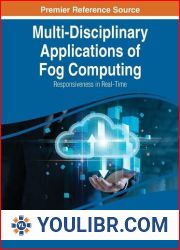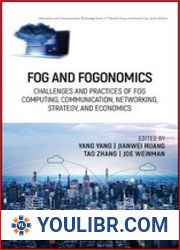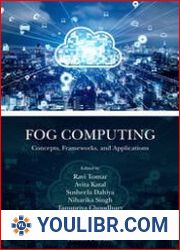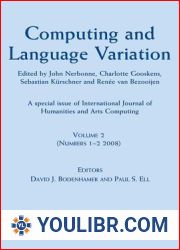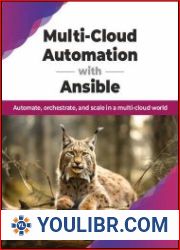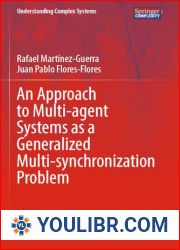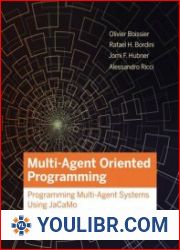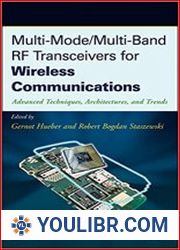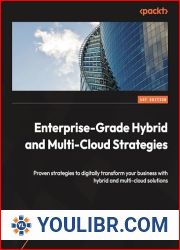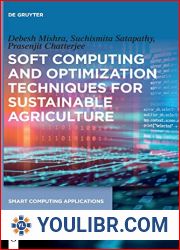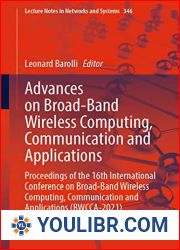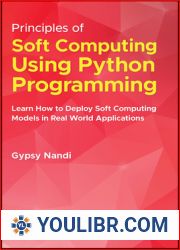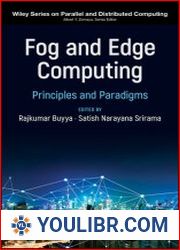
BOOKS - NETWORK TECHNOLOGIES - Multi-Disciplinary Applications of Fog Computing Respo...

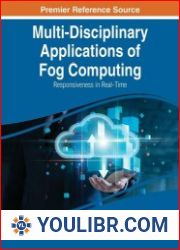
US $8.87

390079

390079
Multi-Disciplinary Applications of Fog Computing Responsiveness in Real-Time
Author: Debi Prasanna Acharjya, Kauser Ahmed P.
Year: 2023
Number of pages: 300
Format: PDF
File size: 10.7 MB
Language: ENG
Year: 2023
Number of pages: 300
Format: PDF
File size: 10.7 MB
Language: ENG
Recently, several fog computing applications have been developed like IoT-based healthcare, 5G, blockchains, autonomous driving, and mobile wireless applications. They also address challenges such as data management, scalability, regulations, interoperability, device network human interfaces, security, and privacy. Further study on these applications is required to ensure this technology is utilized appropriately. Multi-Disciplinary Applications of Fog Computing: Responsiveness in Real-Time focuses on fog computing problems and solutions for various applications and covers the new approaches, architecture, and theoretical foundations in the fog paradigm of storage, communication, and computing. The book explores recent trends and challenges that lead to a potential course for the ideas, practices, norms, and strategies related to fog computing. Covering key topics such as data privacy, data analytics, and the internet of things, this reference work is ideal for computer scientists, policymakers, researchers, scholars, practitioners, instructors, and students. Fog Computing is a paradigm that extends cloud computing capabilities to the network edge. Its foundations lie in understanding the theoretical principles and key concepts driving its development. This includes exploring architectural aspects which facilitate efficient and distributed data processing at the network edge. It involves examining the device and hardware support required for seamless fog computing operations, including edge devices, fog nodes, and network infrastructure. Different deployment approaches such as centralized, distributed, and hierarchical deployments bring their own advantages, limitations, and considerations. Evaluating these strategies and associated metrics aids in informed decision-making for fog infrastructure deployment. Understanding these foundations is crucial for building efficient, scalable, and resource-rich fog computing systems that address challenges in modern computing.







